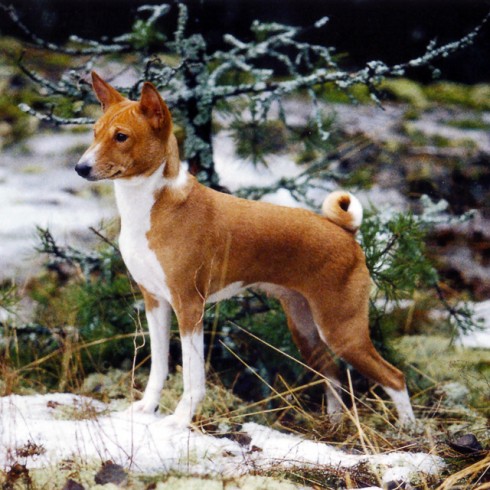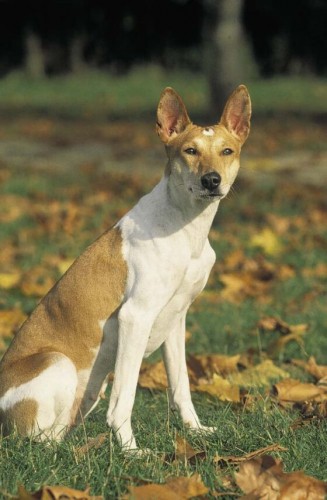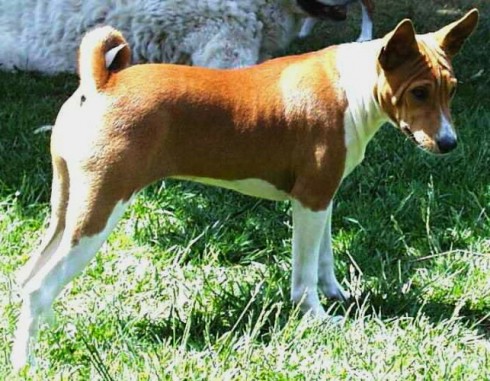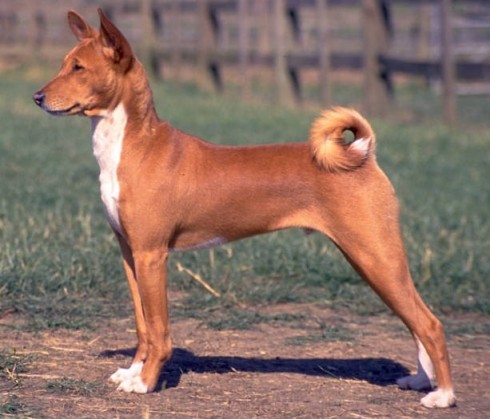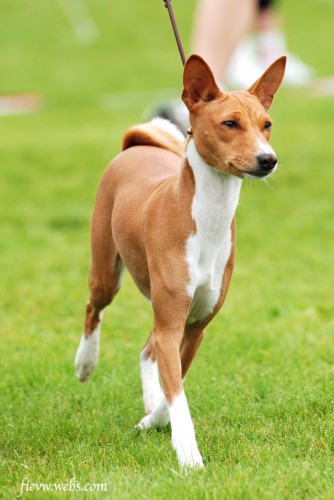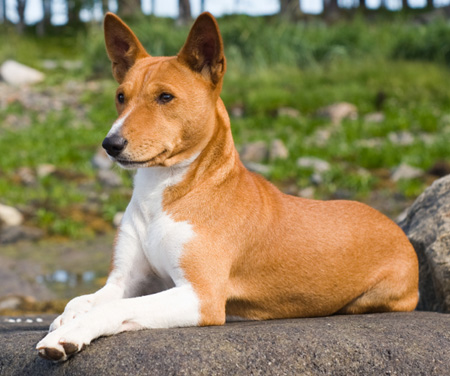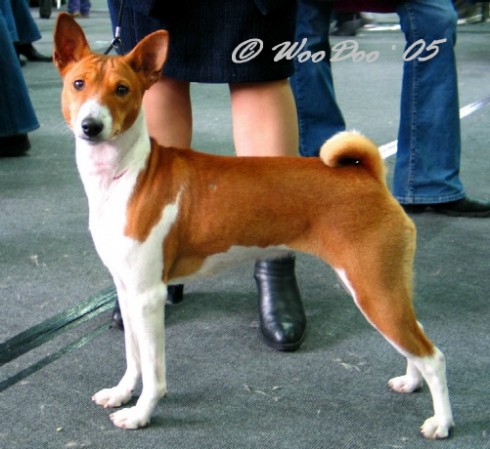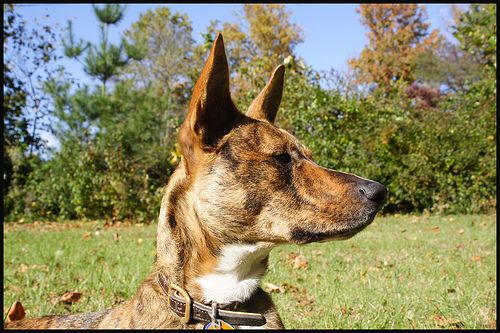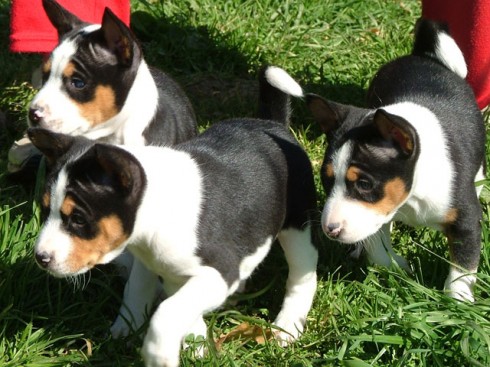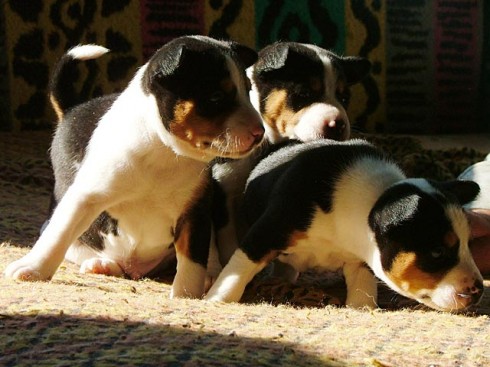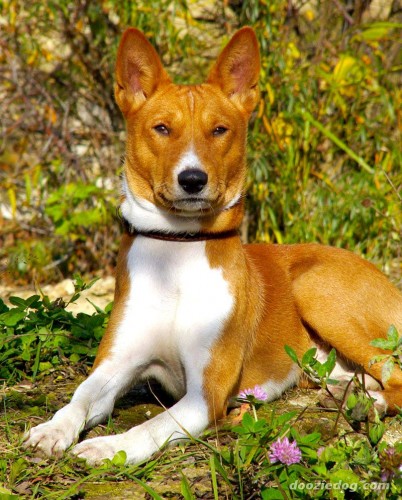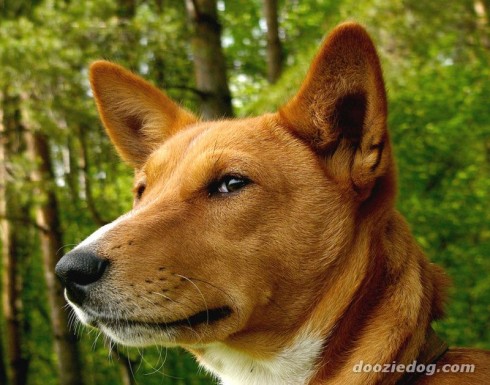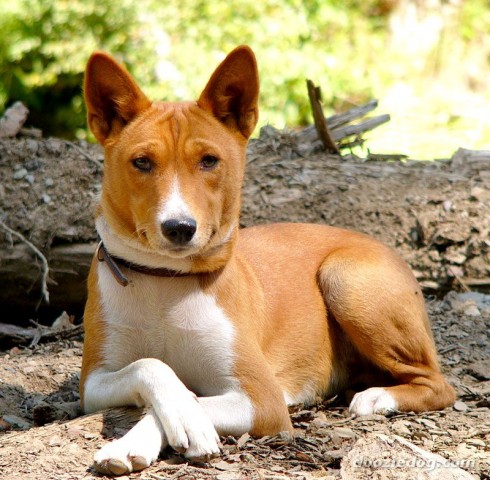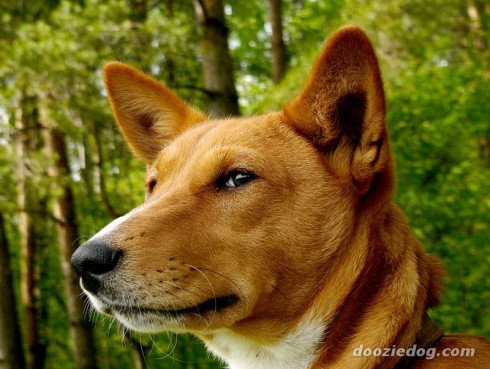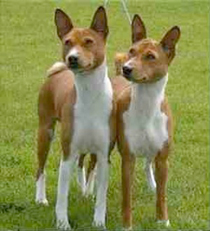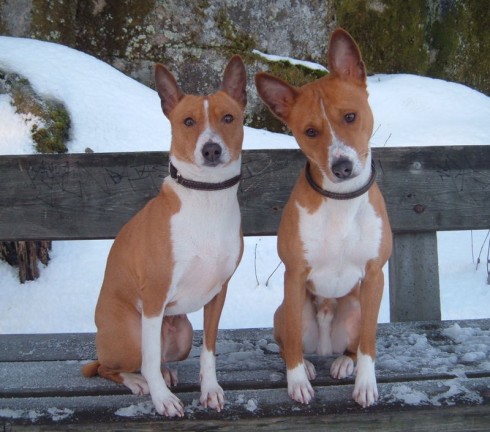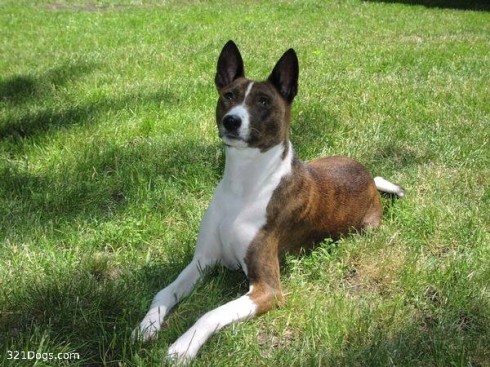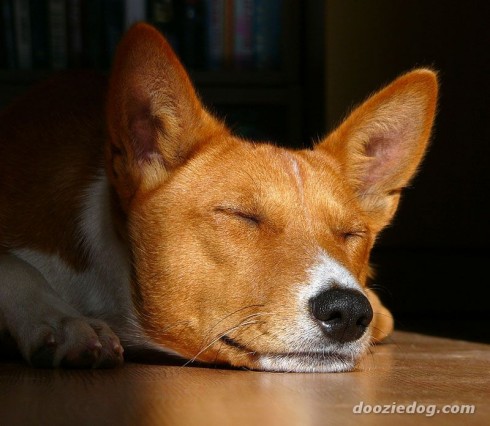Main Index
In Store
Our Web Store
Miniature Schnauzer Picture Gallery
Latest Dog Blogs
- What Are The Basic Commands To Train A Dog?
- PaySafe As The Most Popular Type Of Deposit
- Everything You Need To Know About Pet Sales
- Dogs Contribute To Our Physical And Mental Well Being
- How To Choose Where To Bet On Greyhounds In 2022
- Volunteer With Animals - How To Help Dogs Around The World
- Basic Understanding Of The House Edge
- Why You Should Get A Dog
- Top 20 Popular Dog Names Around The World
- Constipation in Dogs and How to Find Solutions
Basenji
The name is pronounced Buh-SEN-jee, and they are best known for their bark: They haven't got one. They don't bark, but they do make sounds. When they are happy they chortle or yodel softly, and they have a sad wail when they're unhappy. Usually, however, they're quiet.
Did you know?
The Basenji was developed in Africa for hunting.
The Basenji does not bark but does make yodelling noises. The Basenji is known as the "barkless dog."
So you want to own a Basenji?
The Basenji hunts by both sight and scent.
The Basenji is an alert, intelligent, and independent dog who is known to be aloof with strangers.
To own a Basenji successfully requires commitment in time, effort, and understanding.
Indicative Breed Standard
General Appearance
Lightly built, finely boned aristocratic-looking animal, high on leg compared with its length, always poised, alert and intelligent. Wrinkled head, with pricked ears, proudly carried on a well arched neck. Deep brisket runs up into a definite waist, tail tightly curled presenting a picture of a well balanced dog of gazelle-like grace.
Characteristics
Barkless but not mute, its own special noise a mixture of a chortle and a yodel. Remarkable for its cleanliness in every way.
Temperament
An intelligent, independent, but affectionate and alert breed. Can be aloof with strangers.
Head and Skull
Flat, well-chiselled and medium width, tapering towards nose, with slight stop. Distance from top of head to stop slightly more than from stop to tip of nose. Side lines of skull taper gradually towards mouth, giving a clean-cheeked appearance. Fine and profuse wrinkles appearing on forehead when ears pricked, side wrinkles desirable but not exaggerated into dewlap. Wrinkles more noticeable in puppies, but because of lack of shadowing, not as noticeable in tricolours; black nose desirable.
Eyes
Dark, almond-shaped, obliquely set, far-seeing and rather inscrutable in expression.
Ears
Small, pointed, erect and slightly hooded, of fine texture, set well forward on top of head, tip of ear nearer centre of skull than outside base.
Mouth
Jaws strong, with a perfect, regular and complete scissor bite, i.e. upper teeth closely overlapping lower teeth and set square to the jaws.
Neck
Strong and of good length, without thickness, well crested and slightly full at base of throat with a graceful curve accentuating crest. Well set into shoulders giving head a ‘lofty’ carriage.
Forequarters
Shoulders well laid back, muscular, not loaded. Elbows tucked in against brisket. When viewed from front, elbows in line with ribs and legs should continue in a straight line to ground giving a medium front. Forelegs straight with fine bone and very long forearms. Pasterns good length, straight and flexible.
Body
Balanced with short, level back. Ribs well sprung, deep and oval. Loin short-coupled, deep brisket running up into definite waist.
Hindquarters
Strong and muscular, hocks well let down, turned neither in nor out, with long second thighs and moderately bent stifles.
Feet
Small, narrow and compact, with deep pads, well arched toes and short nails.
Tail
High set, with posterior curve of buttock extending beyond root of tail giving a reachy appearance to hindquarters. Curls tightly over spine and lies closely to thigh with a single or double curl.
Gait/Movement
Legs carried straight forward with a swift, long, tireless, swinging stride.
Coat
Short, sleek and close, very fine. Skin very pliant.
Colour
Pure black and white; red and white; black, tan and white with tan melon pips and mask; black; tan and white. Brindle, red background with black stripes, the more clearly defined the stripes the better. The white should be on feet, chest and tail tips. White legs, blaze and white collar optional.
Size
Ideal height: dogs: 43 cms (17 ins) at withers; bitches: 40 cms (16 ins) at withers. Ideal weight: dogs: 11 kgs (24 lbs); bitches: 91/2 kgs (21 lbs).
Faults
Any departure from the foregoing points should be considered a fault and the seriousness with which the fault should be regarded should be in exact proportion to its degree and its effect upon the health and welfare of the dog.
Note
Male animals should have two apparently normal testicles fully descended into the scrotum.
About Our Article Directory
- Article
- 27 November 2010
- 2 comments
Ten Least Intelligent Breeds of Dog
- Article
- 20 November 2010
- 1 comment
Canis lupus familiaris
- Breed Article
- 29 May 2010
- No comments
Immune Mediated Hemolytic Aneamia (IMHA)
- Article
- 31 January 2010
- No comments
Quick Search
Donate
Latest Dog Pods
- Tips on How to Stop Your Dog from Biting
- Beware - Not All Advertised Dog Rescues Really Are! How Can You Know The Truth?
- Helpful Tips For Dog Obedience Problems
- How to Keep Dogs From Eating Poop
- Dog Grooming Tips - A General Overview of the Very Basics of Dog Grooming
- Recognising Different Types of Dog Obedience Problems
- 5 Important Tips On Feeding A Puppy


